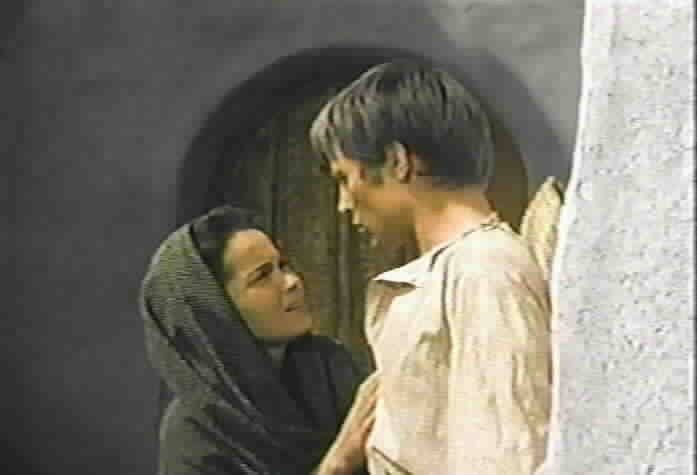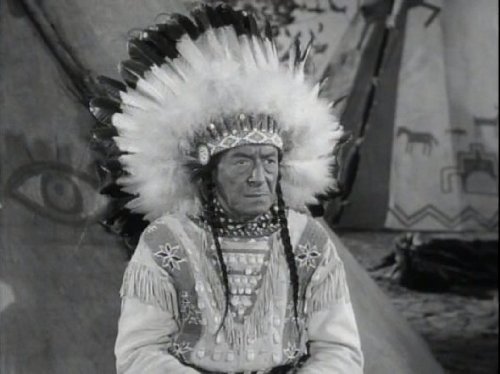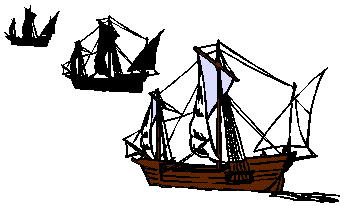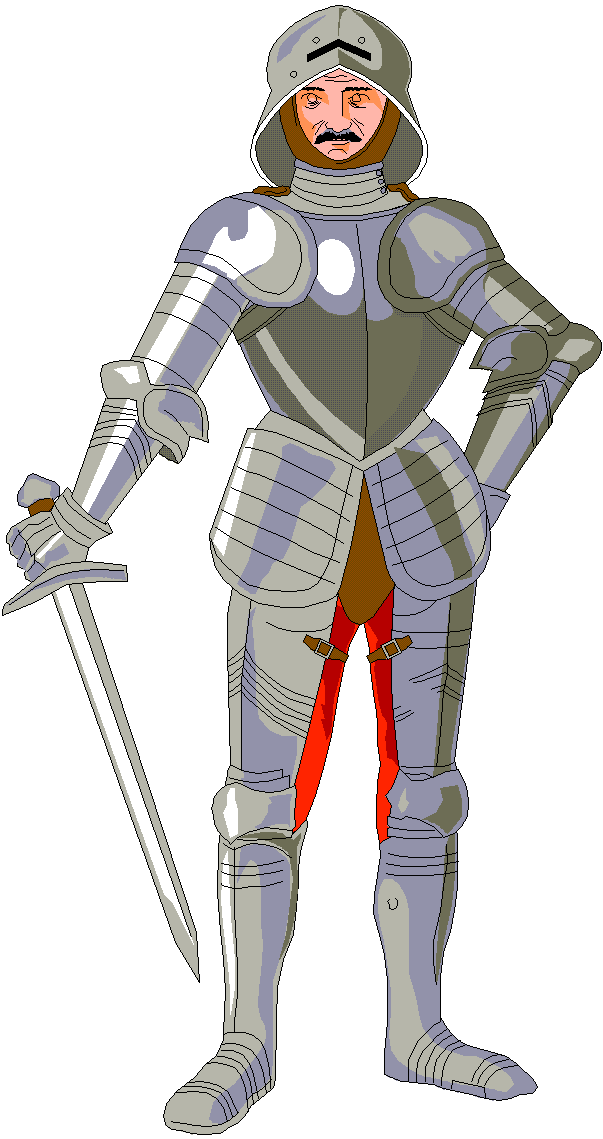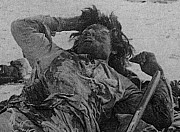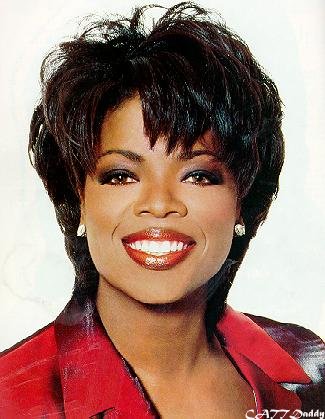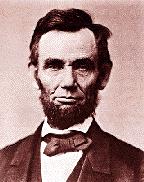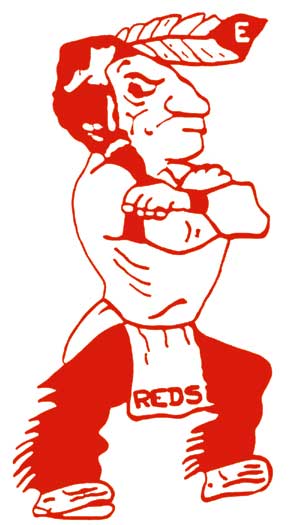A couple of Native journalists took activists like me to task for focusing on such "minor" issues as
Adam Sandler's racist movie. Here's round 1:
Evaluating our priorities in the Native media
A note from the editor’s desk
By Brandon EcoffeyOver the past couple of weeks social media has been going absolutely nuts over an incident involving a group of Native actors walking off a Adam Sandler run movie set due to their objections to the famous actor’s grotesque depictions of Native people and culture. Although I applaud the courage of these Native actors to risk being black balled by Hollywood due to their protest, I do not understand why this particular story gained so much traction when there are real and far more pressing issues on reservations that the Native media has brushed aside.
Where is the outrage over our young people dying weekly? Where is the outrage over the absence of any type of functioning economy on reservations? Where is the outrage over the fact that many many children in Indian Country do not have access to safe drinking water? These are third-world issues that are pushed to the back page in favor of stories about people dressing up like Indians, or acting like us, or doing whatever it is that they do.
Many say that the misappropriation of our culture impacts the self-esteem and self-image of our Native youth. This may be true. But what impacts those aspects of our children even more is waking up to homes filled with mold, or abusive parents, or extreme poverty resulting from decades upon decades of failed federal policies and exploitation at the hands of predatory investors.
Although I agree that cultural appropriation is wrong I would just hope that others in the Native news industry reassess their priorities and react accordingly.My response:
"Where is the outrage over our young people dying weekly?" It's hidden by the invisibility of Natives in the mainstream media. This invisibility is shredded when an issue such as Sandler's racist movie gains traction.
Ripping apart this cloak of invisibility is a necessary precursor to generating outrage about endangered Native children. If no one knows they exist, there can be no outrage.
The MSM's choice isn't between covering the Sandler controversy and covering endangered Native children. It's between covering the Sandler controversy and doing nothing.
Only after that, when people become more aware of Indian country's ongoing problems, will the MSM turn its focus to them. Awareness comes first, and the Sandler controversy has helped raise that awareness.
Others
chimed in:
Rob Schmidt hit the nail on the head.
I'm sorry but many of us are outraged by all those issues as well. Many of us are fighting to better our communities also. I get so upset hearing Native people saying things like this because it makes the fight harder for ALL Native issues. We shouldn't be picking and choosing what issue to fight but we should be upset and fighting on all fronts!
You can do both. I work with Native health but still think mascots et al. are whack and should be eliminated.Right. Most of us are just reading and sharing articles. Even if you're deeply into these issues, they take up only 5% or so of your time. The rest of the time, you're working on whatever it is that you consider important.
Hi. I just read the article and your question, so I'd like to share my perspective, at least in terms of mascots. A friend once said something similar. "We have more important issues to address," but it is my belief that this is one of the reasons that we have so many other issues to contend with. The dehumanizing effects of misrepresentation of our people via mascots and the various forms of appropriation have been effective enough to impact the way society views us. This in turn makes it so much easier for mainstream society to turn a blind eye to our multifaceted challenges. The cage of oppression consists of many wires, but in addressing the symptoms, we must also be diligent in addressing the root cause.
Round 2
Another column from the Native Sun News implied that movies, mascots, and related issues are a waste of time:
Indian Country must face the man in the mirror
Stop being thin-skinned busybodies
By James Giago DaviesInstead of focusing on every perceived slight, why not pour all that energy into the actual nuts and bolts reality plaguing almost every reservation—violence, poverty, alcoholism, drug abuse. Face these ugly truths, fight these ugly realities, honor the actual heroes, point fingers at the actual villains, and then if you have any energy left, and you damn well shouldn’t have energy left, knock yourself out being all offended over Johnny Depp’s Tonto.
Acculturation has left Indian America with deep, debilitating wounds, and these wounds compel Indians to hurt other Indians, to create bogeymen to hate and attack so they don’t have to face the man in the mirror. There are plenty of actual evil people hating on Indians, we don’t have to fabricate fresh ones to deflect our righteous indignation from the disheartening task of fixing what’s actually broken.
Indian culture has been oppressed to the point Indians no longer need the Wasicu to beat them down. Indians have spent the last century becoming experts at beating themselves down. Time to man up and start living in the 21st Century. Time to develop the skills and knowledge to protect the culture from destructive outside forces like Rand Paul, who wants to abolish the BIA, and even more destructive internal forces, misguided spiritual leaders, corrupt tribal administrations, bad parents neglecting and terrorizing vulnerable children.
If we could just spend one year doing that, then we would have the social gravitas forcing others to listen, then when Bill Maher said another stupid thing about Indians...well, he never would again say such a stupid thing, because it would be common knowledge all you crazy Indians are as funny as all get-out.I posted comments to Davies's column, leading to this debate with him:
Isn't Tim Giago a big advocate of eliminating stereotypical mascots? Which is the same issue as eliminating stereotypical movie portrayals. Have you told him to stop wasting his time on "trivial" issues--to "man up and start living in the 21st Century"?
Go ahead and tell him, then let us know what he says. Maybe he can explain the importance of fighting racism and stereotyping against Indians. Because clearly
he understands the issue.
Are you seriously arguing that most Indians are focusing on Johnny Depp and Adam Sandler rather than the serious problems facing Indian country? Because it's the other way around, obviously.
A century of addressing these problems has yet to fully solve them. That's partly because most people think Indians have vanished into history.
And that's because of media portrayals--or the lack thereof. No one cares about Indians because movies such as Depp's and Sandler's tell us they're primitive people of the past. As far as most Americans are concerned, Indians and their problems no longer exist.
I don't think you actually know anything about Indians, or growing up on welfare and food stamps in an Indian ghetto. Check it out.I know what Tim Giago has said about Hollywood's racism and stereotyping:
Tim Giago: Few Roles for Indians in Hollywood
Giago: Hollywood slow to tear down racist barriers against
He's argubly the most famous journalist in Indian country, and he's spent decades on these issues. I'm guessing he knows more about growing up Indian than you do.
Didn't you just spend a few hours writing about a racist nurse's video in Rapid City? How many Natives did you rescue from welfare and food stamps with that column? Why are you wasting time writing about a video when Native children are suffering and dying?
Unless you're delivering food and medicine yourself, don't bother lecturing anyone else on the subject. Nobody who's a journalist is saving lives directly.
More criticism of Davies
I love the idea of writers lecturing other writers about the pressing needs facing Indian country. If you believe what you're saying, Davies, stop writing and start helping. Get away from your computer. Get out of journalism altogether.
Instead, become a social worker. Go door to door bringing food and medicine to suffering people. Because if you don't do that, you're a flaming hypocrite.
To state the obvious, your words aren't saving lives. Therefore, quit wasting your time lecturing us about
our words.
Again, others
chimed in:
I'll be damned if my girls or nieces have to put up with gross 'jokes' on the playground from boys who learned that those are funny things to say to native women. In this particular article, Mr. Davies forgets the fact that he is not a native kid in school and those are the people that will have to put up with the reintroduction of these disgusting stereotypes. It's already hard being a kid with a Native last name, without Adam Sandler adding fuel to the 'OMG Indian names are soooo funny and weird' fire.
There are many ways to help, and many means, if everyone would just do a little or lot wherever they are planted. If everyone quits their job to bring food and medicine to the suffering, they are gonna run out of food and medicine pretty quick. But there is always someone to help, wherever you are--journalism, computer, reserve, city core, or grocery store. (And part of life is also using what gifts and tools you have to hand and have been given, in the best way you can…to help not hurt.)
As I said, you can do both. ... I work with ancestral foods as a health measure, since we have terrible diabetes rates (and everything else) and we didn't have these rates pre-commodities. I'm putting work into improving Native health and infrastructure, but that's not easy or quick. But while I'm helping rebuild, I'd like for people to not continue to get dehumanized and made into jokes by the likes of Adam Sandler.
That’s what cracks me up about people like this Davies fellow. He’s complaining about how we are not focusing on the “real” issues, yet I wonder if he is doing anything about those issues himself? He seems pretty content to sit on his ass and belittle other Natives on the computer.All the academics, the museum personnel, the people working on cultural and language preservation, the artists and storytellers...none of you are saving lives directly. All of you must be wasting time, according to Ecoffey and Davies. Reevaluate your priorities!
Not to mention the 70% of Indians who live away from the reservation. Whatever you're doing, you're probably not protecting the endangered children of Pine Ridge. What's wrong with you? Don't you care?!
</sarcasm>
I think we should be allowed to punch ANY idiot who pulls the 'more important issues' crap.Yes, the "more important things" argument is so stupid. It's mainly used to derail whatever issue is being discussed.
If you can't address the issue, spend an hour telling us what we should be doing instead. What you'd be doing if you weren't lecturing us about what we're doing.
Y'know, I would love to hear Suzan Harjo's response to these "more important issues" Native guys who literally act like this is a brand new issue. Or Clyde Bellecourt or Kevin Gover's response. I mean, it's been tackled by every major NA organization since the 1960s. It's like this has caught them by surprise. Where have they been for 50 years? Or how can they dismiss the persistent and constant efforts of our leaders?Good point. Tribal leaders have protested movie portrayals for a century. AIM and the NCAI have protested mascots for half a century. Marlon Brando and Sacheen Littlefeather,
Pocahontas, the Time magazine "expose" of casinos,
Little House on the Prairie, the Outkast video, etc., etc.
In fact, I could list hundreds of controversies and protests without even touching the last ten years. Including those of Tim Giago, uncle of James Giago Davies, who's denounced boarding schools, mascots, and other examples of racism for decades. You could say Giago's whole career has been "talking" about problems rather than solving them hands-on.
It's just so laughable when someone says, "Why are you focusing on this 'trivial' Adam Sandler issue? None of our people ever cared about racism or discrimination against us. We were too busy saving lives.
"Now you've hijacked the news and nobody's talking about anything but Sandler. All the resources devoted to dying children are going to him instead. The media and the government would be swarming over Pine Ridge, but you've told them 'real life' doesn't matter. So a century of neglect is your fault."
As I said, this is stupid and ignorant. Funny to hear Indians dismiss or downplay racism as a serious issue confronting their people. Funny, but wrong.
For more rationalizations of racism, see
Black Columnist Excuses "Redskins," Genocide and
Shawnee Professor Justifies Tonto's Stereotypes.
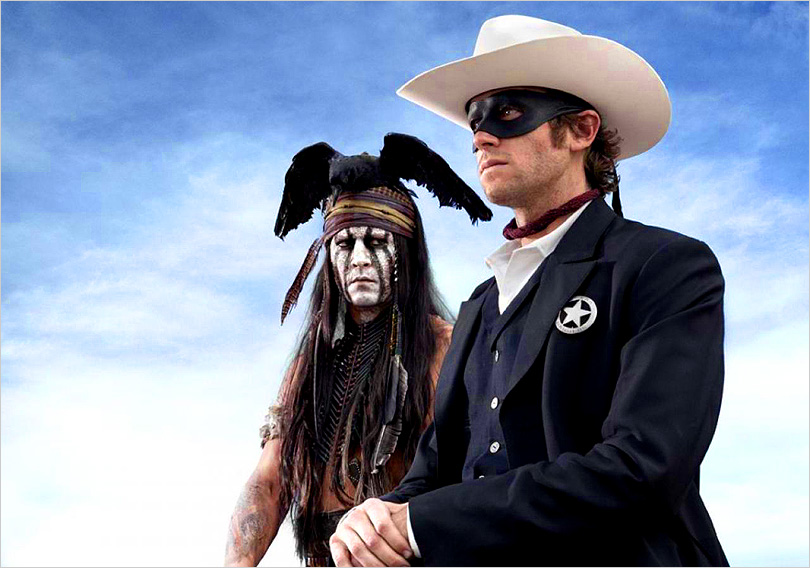
%202.11.jpg)

